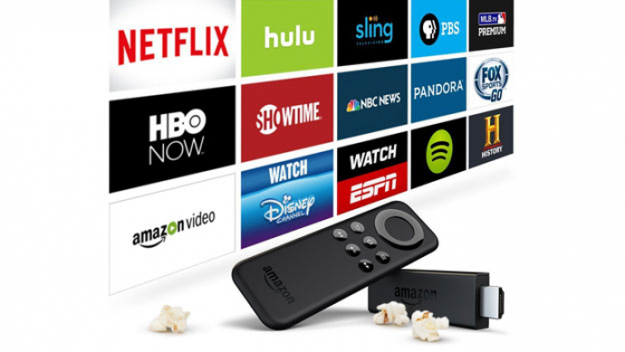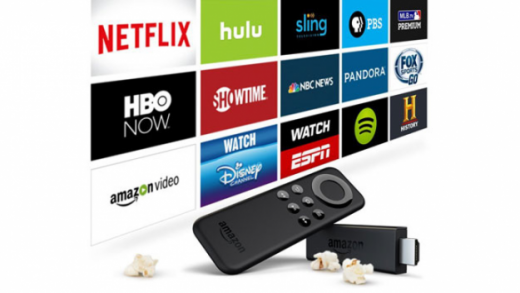Video on demand’s future requires an ad model built around the experience
In a crowded marketplace, the best VOD ad experience is the one that makes the most impact with the least intrusion.

Ads are annoying. Study after study reiterates the fact that consumers find ad messages intrusive and aggressive. For some reason, even as the ad industry transitions away from traditional media and toward digital, the same ad models are shoehorned into new and exciting channels.
Nowhere is this more obvious than in the world of video, which has left the concept of traditional TV delivery in the past and splintered into various on-demand channels, including platforms like YouTube, stand-alone providers like Hulu, connected TV device like Roku, and over-the-top streaming services and apps from cable and broadcast networks. For our sake, let’s put all of these different delivery channels into one bucket and call it video-on-demand (VOD).
Despite major changes in delivery, devices, and viewer attention spans, there’s been almost no innovation to the way ads are delivered in VOD. Hulu’s recent experiment with ads that appear when video is paused grabbed headlines, but the most popular video ad unit right now is still a 15-second ad that the viewer can’t skip. That’s just a shorter version of the TV commercial break.
With more competitors crowding the marketplace, there’s clear need for an actual alternative that can deliver value to viewers, advertisers and video service providers at the same time. It’s as good a time as any for the ad industry to reconceptualize the ad model from the ground up.
One place VOD can start is by looking at what’s working on TV. As often as TV is trashed for holding on to models of the past, there are some noteworthy developments that may play well in the world of VOD. Perhaps not surprisingly, they come from live sports, one of the few reasons many viewers still subscribe to cable packages.
If you’ve ever watched a broadcast of a soccer match, you probably noticed that there are no ad breaks during the gameplay. Each 45-minute half is broadcast unbroken, with a single presenting sponsor logo remaining on the screen, underneath the score, the whole time. That’s not the traditional template for TV advertising in the U.S., but it attracts enough viewers and advertisers that networks invest heavily in the broadcast rights. NBC is in the middle of a $1 billion contract to broadcast the English Premier League in the U.S., and Fox paid $400 million to broadcast just two World Cup tournaments, four years apart.
The reason this works is because the ad model is built around the overall experience. The major American sports actually cram more ad time into their national TV broadcasts, creating more breaks in the game. No soccer fan would watch a broadcast broken up for commercials, so it forced U.S. broadcasters to get creative and deliver an unobtrusive ad experience.
VOD providers can borrow this, integrating sponsors into their menus, loading screens and possibly even a small logo in the corner of the screen for part of a stream. If a viewer presses pause, that’s an opportunity to show a logo and a tagline, similar to Hulu’s experiment. Each program can carry a different presenting sponsor. It may not seem like much, but in a crowded marketplace, the best ad experience is the one that makes the most impact with the least intrusion.
This is important because consumers will tolerate ads to get the content they want. A recent survey shows that 65 percent of Netflix subscribers would accept ads if they received a discount on their subscription costs. They understand the trade-off. They’re just sick of it disrupting their viewing. Ads buffer, slowing down the playback, and they regularly repeat, forcing consumers to question the value exchange.
This only gets more complicated with mobile, where a poor WiFi signal can dramatically affect the playback experience, and one bad ad load could convince a subscriber to abandon the video, or worse, the provider. With mobile video forecast to be the fastest growing ad segment through 2022, ad-supported services will need to ensure they can deliver optimal playback while maintaining their revenue strategies.
Video is going to continue to change whether the ad industry wants it to or not. Just as mobile has shaken up the status quo, when 5G arrives, it may well shake up mobile itself. To truly innovate video ad delivery for the modern age, the industry needs to align on one core mission: delivering the best video viewing experience possible. But the path forward is building an ad model around the viewing experience, rather than trying to create a viewing experience around an already ineffective ad model.
Opinions expressed in this article are those of the guest author and not necessarily Marketing Land. Staff authors are listed here.
Marketing Land – Internet Marketing News, Strategies & Tips
(17)



